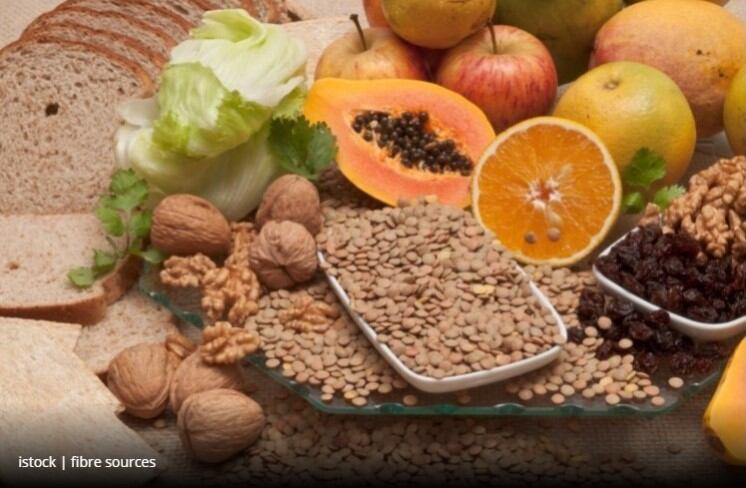This so-called targeted approach should consider dietary history and metabolite levels “as informative and non-invasive biomarkers of treatment outcome”, they say.
A study looking into how gut microbes respond to fibre intake revealed the greatest response in participants with the least amount of fibre at baseline but observed an inverse effect in those with habitual high fibre intake.
This demonstrates the association between individual prebiotic responses, differences in baseline microbiological and dietary factors and “supports strategies for personalising microbiota therapy that focus on individual selection”.
The authors comment: “We believe for the first time, that the responses within individuals are correlated across at least some pairs of prebiotics, and that average response correlates with host factors.”
Host factors
Dietary fibre facilitates production of short-chain fatty acids (SCFA) that protect against gut disease, such as colorectal cancer, lower inflammation, and obesity. Butyrate, in particular, is considered a “fuel for intestinal cells” and improves gut resistance to pathogens and inflammation, they explain.
While prebiotic supplements offer “a promising microbiota-targeting approach for promoting health”, it is difficult to predict treatment responses due to host heterogeneity.
The team at Duke University investigated the effect of three fermentable fibres (inulin, dextrin (Benefibre), and galacto-oligosaccharides (GOS)) on SCFA production in different individuals to determine the value of personalised regimes and found participant responses correlated with “host factors”, regardless of fibre type.
“Our findings support a model where microbial metabolic repertoires within individuals’ microbiota have the capacity to utilize a diverse array of chemically distinct fibre types,” the authors write.
“Differences in the levels of strains underlying these metabolic interactions may vary between individuals, which could in turn lead to inter-individual variation in the capacity of individuals’ microbiota to ferment prebiotics.”
Surprising result
The impact of prebiotics on SCFA concentrations varied, with inulin increasing proportional butyrate and both GOS and wheat dextrin decreasing proportional butyrate.
“Individual identity exerted a much stronger effect on prebiotic response, and we observed that responses to each prebiotic were correlated within individuals.”
Analyses confirmed an association between baseline proportional butyrate levels and intake of plant foods groups linked to dietary fibre (for example, legumes and dark green vegetables), and also found a link between food groups typically associated with a Mediterranean diets (such as seafood, dairy, fruit, and poultry) with higher baseline levels of proportional acetate.
The authors say the nutritional implications of their work are surprising given the negative results from participants who follow a high fibre diet and the expectation that they would “have a greater capacity to utilize incoming novel fibre towards increasing proportional butyrate production, not a lower capacity as we observed”, they write.
Ecological memory
Additional fibre research carried out at the university, found that gut microbes react to new fibre intake within 24 hours and dramatically alter bacterial populations.
In vitro tests also revealed a degree of ‘ecological memory’ allowing microbes to recognise familiar fibres, which expedites digestion.
The authors say this suggests the human gut microbiome’s metabolic potential reflects dietary exposures over preceding days and changes within hours of exposure to a novel nutrient.
“The dynamics of this ecological memory also highlight the potential for intra-individual microbiome variation to affect the design and interpretation of interventions involving the gut microbiome,” they add.
Source : Microbiome
Published online: doi.org/10.1186/s40168-022-01307-x
‘Microbiota responses to different prebiotics are conserved within individuals and associated with habitual fibre intake’
Zachary Holmes et al.
Source: Nature
Published online: doi.org/10.1038/s41396-022-01292-x
‘Ecological memory of prior nutrient exposure in the human gut microbiome’
Jeffrey Letourneau et al.


